|
In art class, first graders have learned about symmetry by drawing half of a butterfly on a folded piece of paper, cutting it out, and then unfolding the paper. Crayons were used to color the butterflies. Flowers and other landscape components were made with cut colored paper. Students used glue sticks to affix the butterflies and the other objects to a background paper.
0 Comments
Second graders have recently been drawing "Color Wheel Flower Gardens". In this exercise, the dominant flower in the composition has petals that show a 6-part color wheel. The petals have the three traditional primary colors for painters (red, yellow, and blue) and the secondary colors (orange, green, and purple). The secondary colors appear between the primaries used to make them. Brown appears in the central circle of the color wheel flowers because various types of brown can be obtained by mixing the three primaries in different proportions. Black is in the very center of the color wheel flowers because it can be obtained by mixing the 3 primaries in proportions of equal strength. Students used their imaginations and mainly colored pencils to develop these artworks.
This week's student art features Tinkercad models of mini-golf lanes by 7th graders (a joint art and math project), 8th grade human figure sculptures, and the 6G robot exam. The 6G art class is shown below in the video, 6G Robot Exam SPCS, running robots that they build and programmed. Working in groups of 3 or 4, students built their EV3 Lego robots according to specifications. They programmed their robots with the EV3 Classroom iPad app to use color sensors to drive along the edges of black lines. Each team had to develop unique code to accomplish the goal, because each team's track design was different. The challenge was to program the robots to follow a line to each of 3 target objects, pick up each object, throw it into a "catcher box" with a forked lifter arm, and return to the base area. As you can see in the video, all seven teams achieved success. Excellent work, 6G! Mr. Bell designed and directed this robot project. In math class, Mrs. Wilson collaborated on the project by teaching the 6G students to measure pieces of cardstock that they used in the construction of the "catcher boxes". Seventh graders have recently been creating mini-golf lanes (or holes) with Tinkercad computer-aided design (CAD) software for a math-art integrated STREAM assignment. Eighth graders have made human figure models with wire, paper, tape, cloth, paint, yarn, glue, and other materials. Even though the mini-golf project is a virtual construction and the human figure sculptures involve the manipulation of physically real materials, both assignments provide an opportunity for students to employ spatial and structural reasoning in their creative work. |
Mr. John Bell, Art TeacherMr. Bell focuses on an interdisciplinary approach to teaching and presented STREAM (Science, Religion, Technology, Engineering, Art, and Mathematics) workshops at the Diocesan Teacher Conference, as well as multiple workshops throughout his years in the Diocese. Archives
July 2024
Categories |

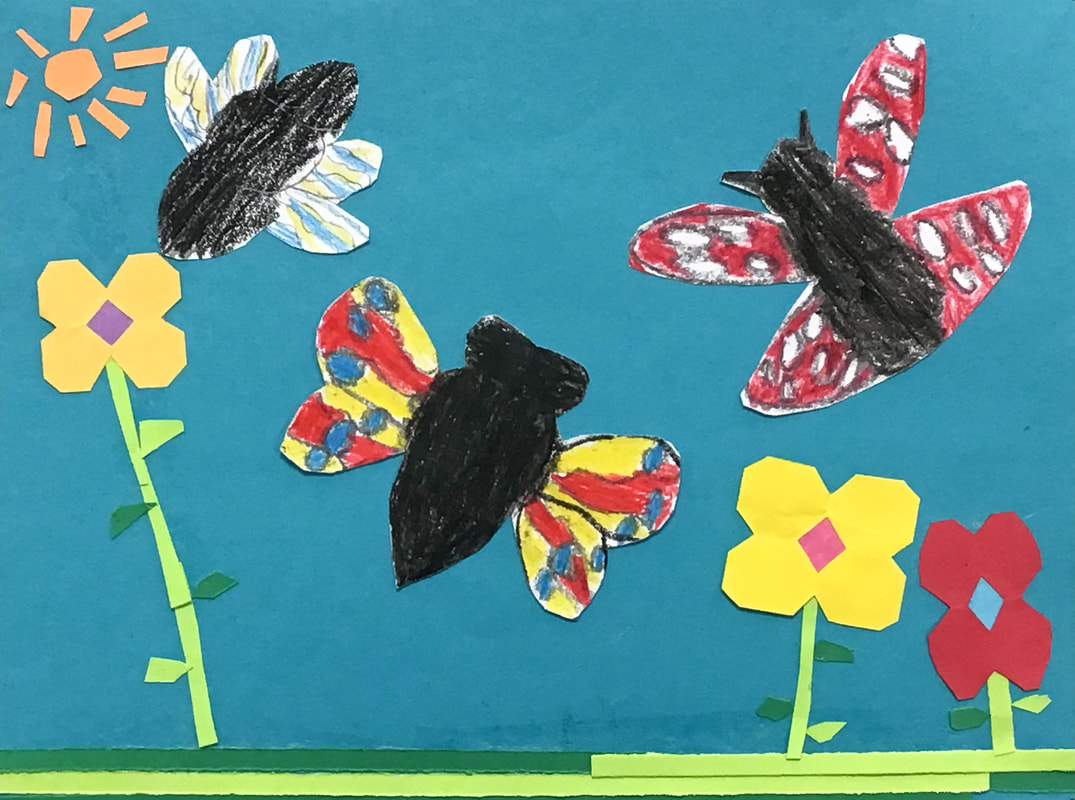
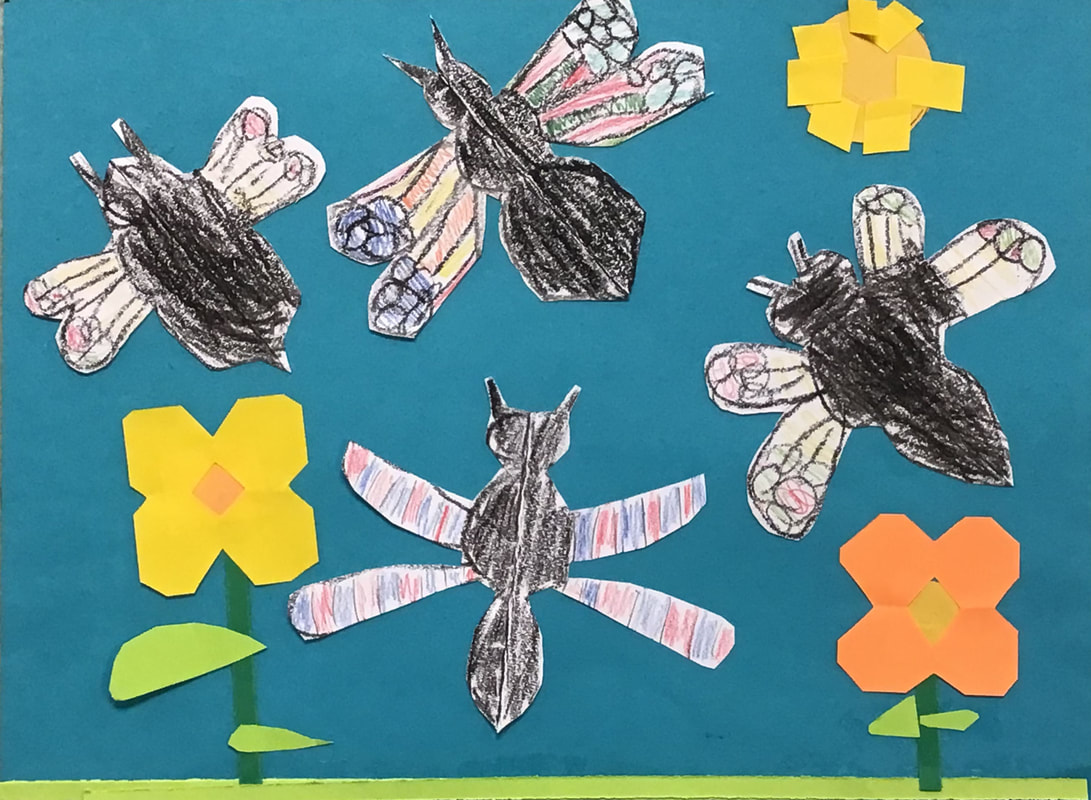
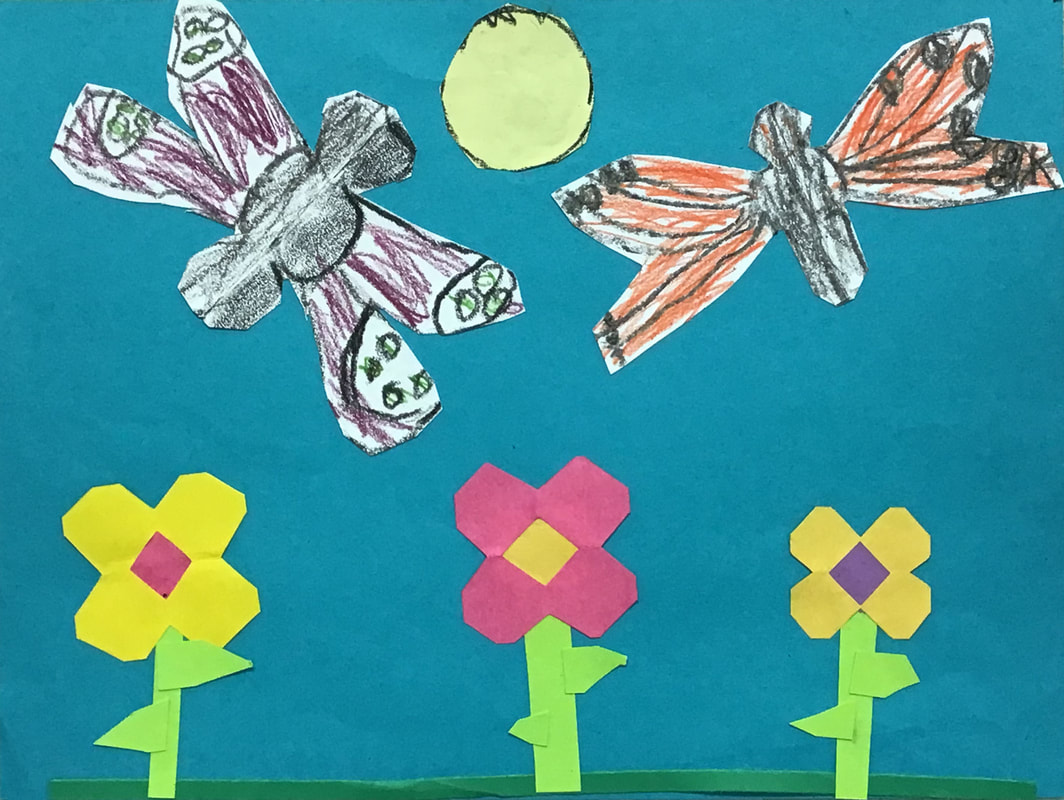
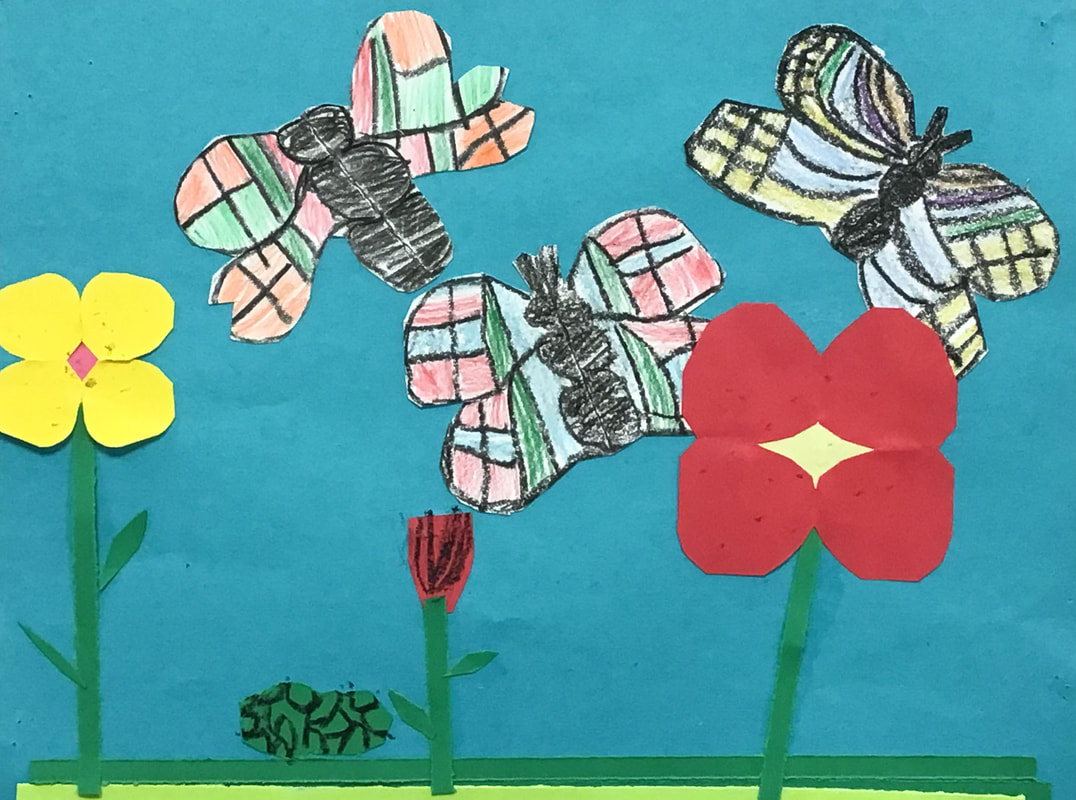
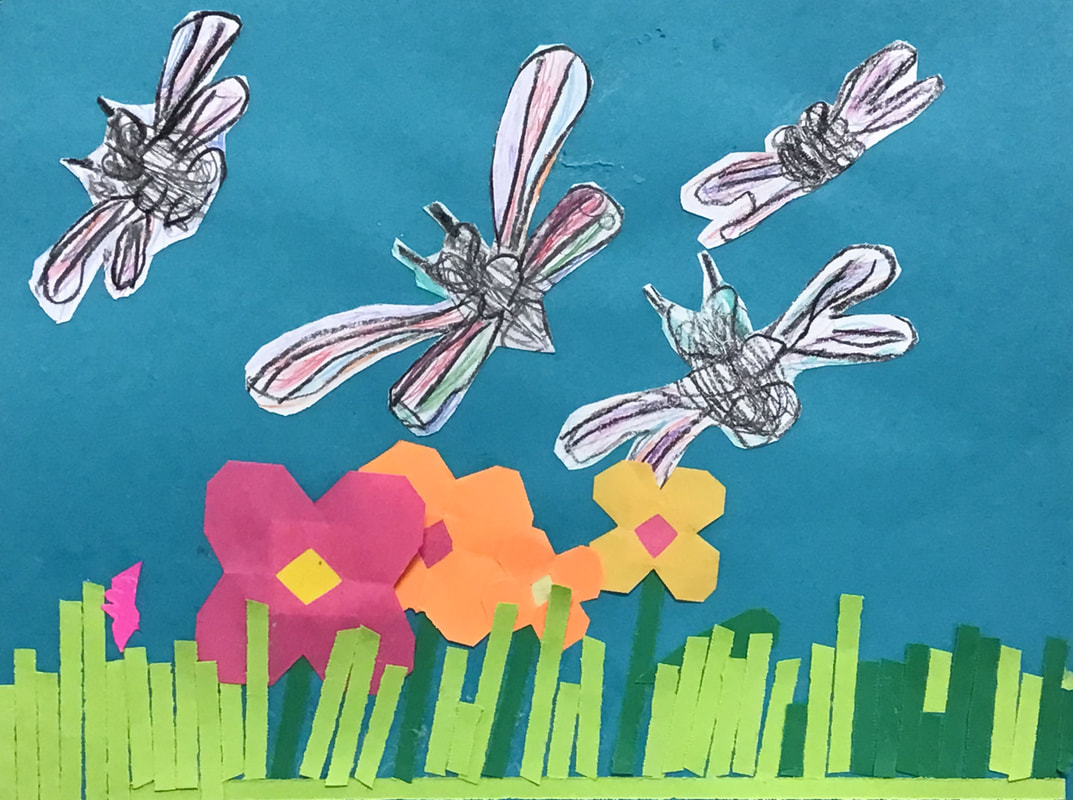
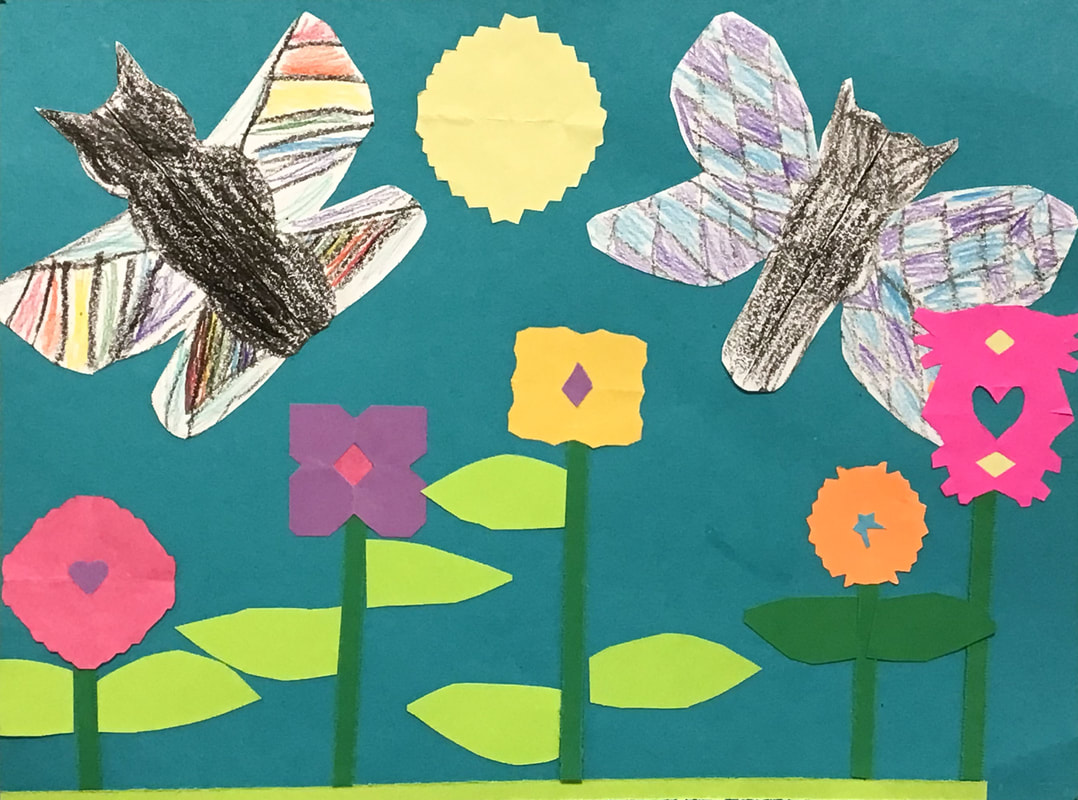
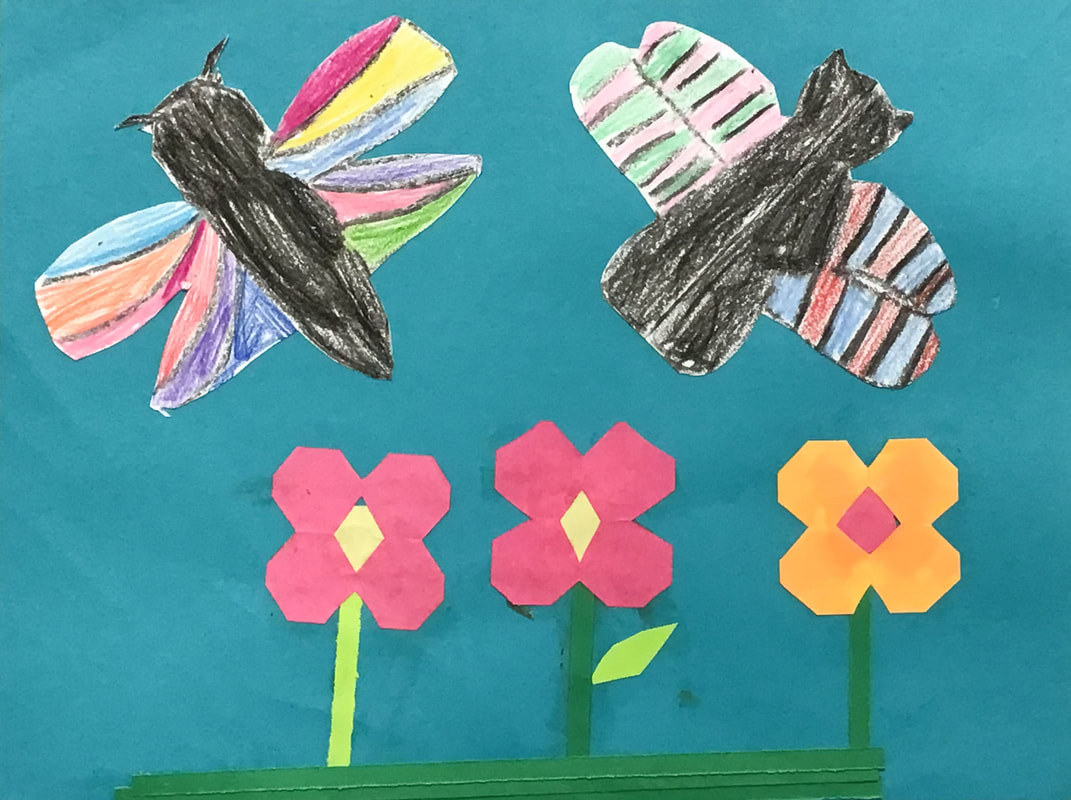
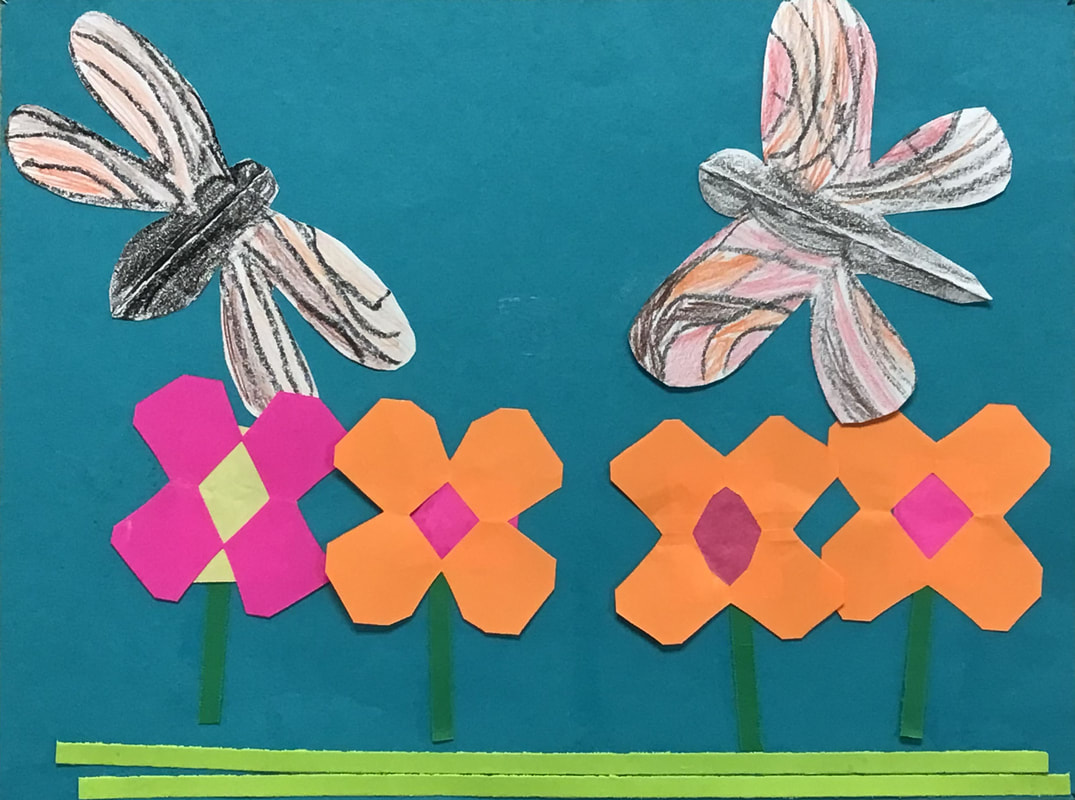
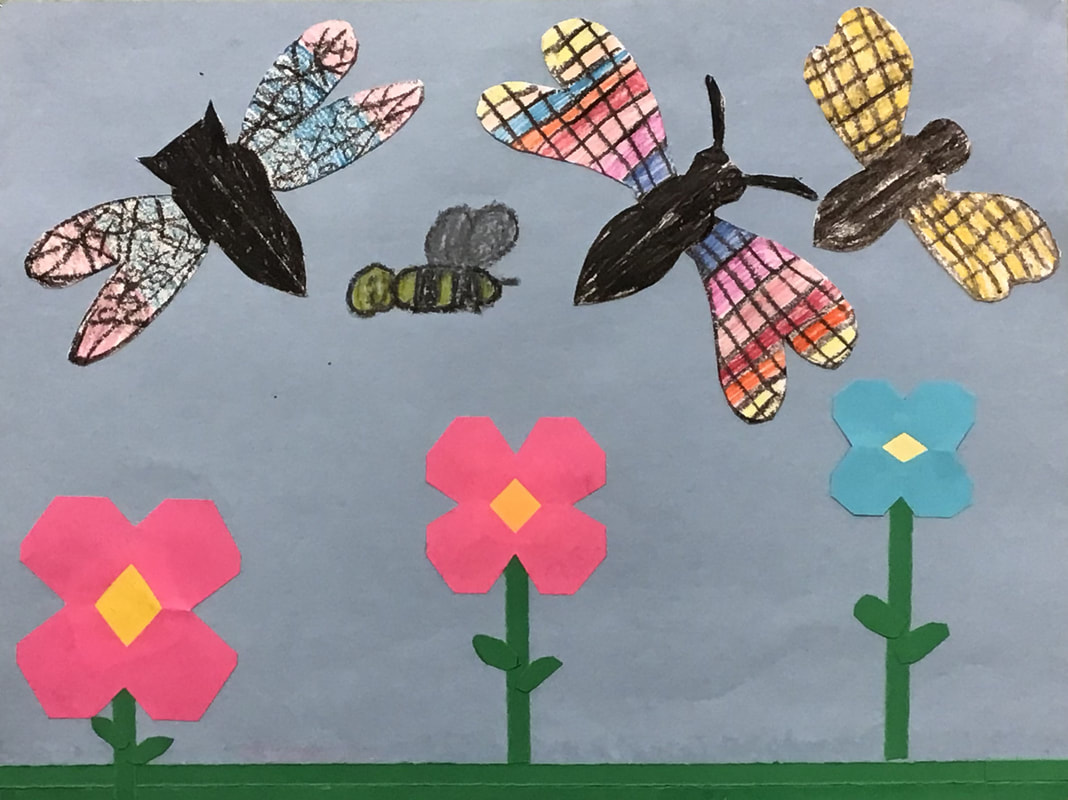
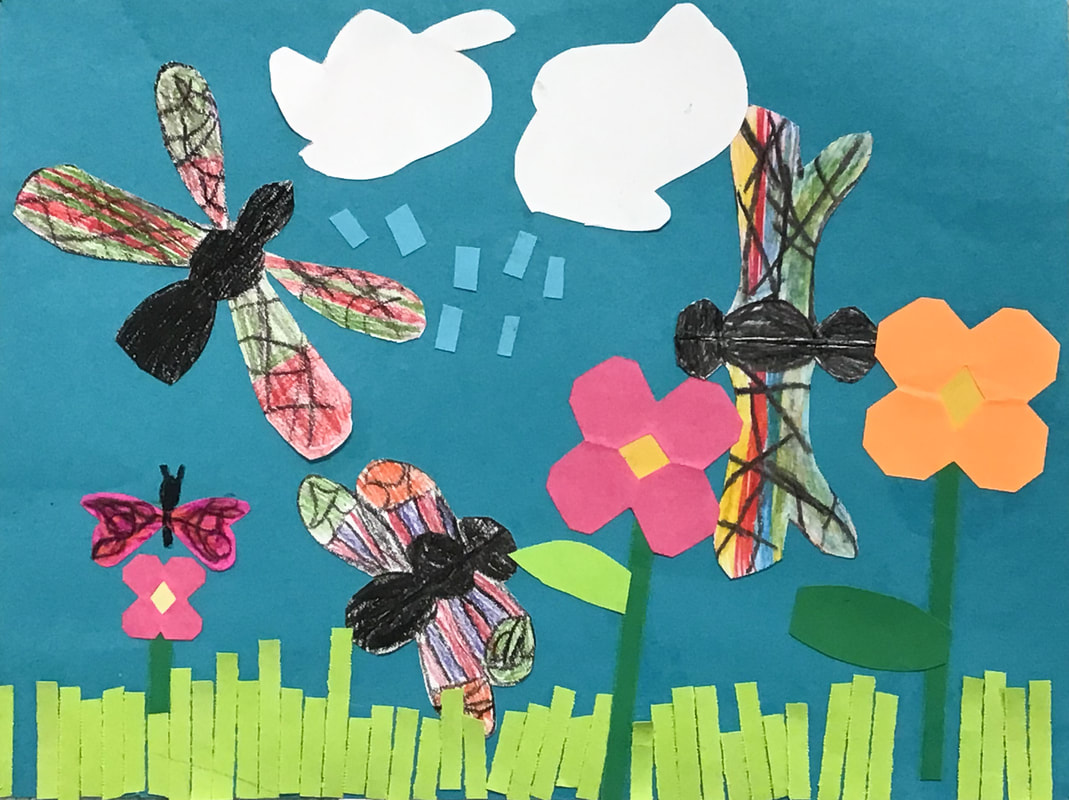
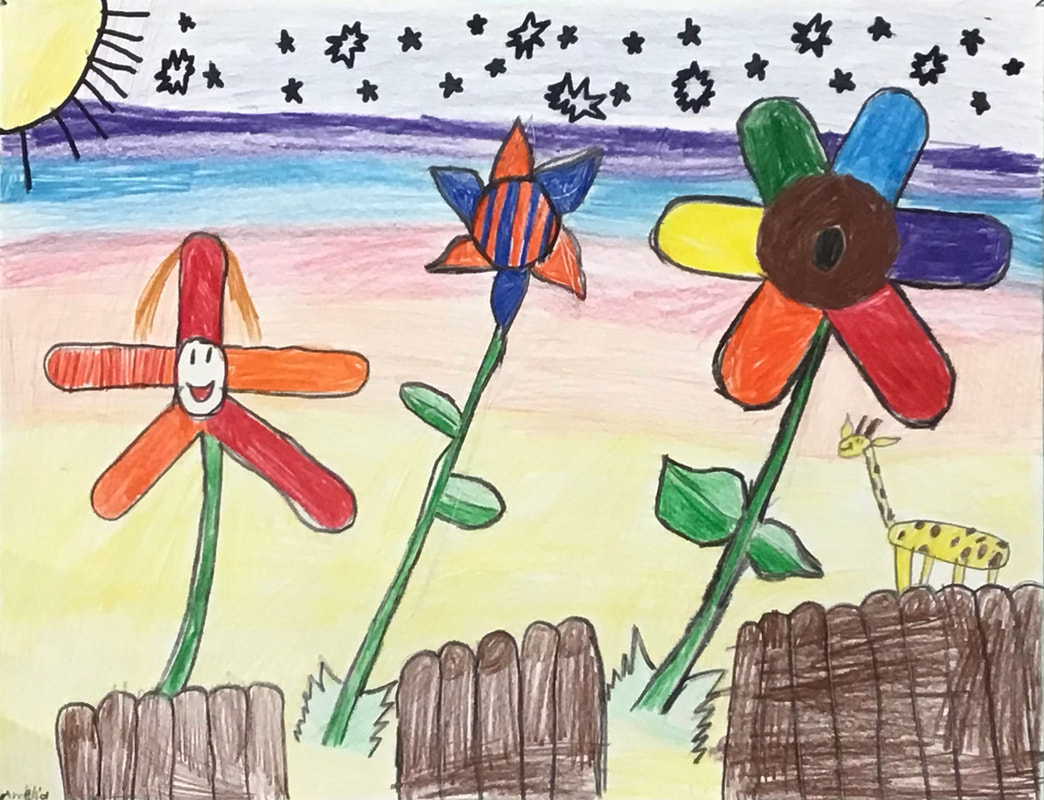
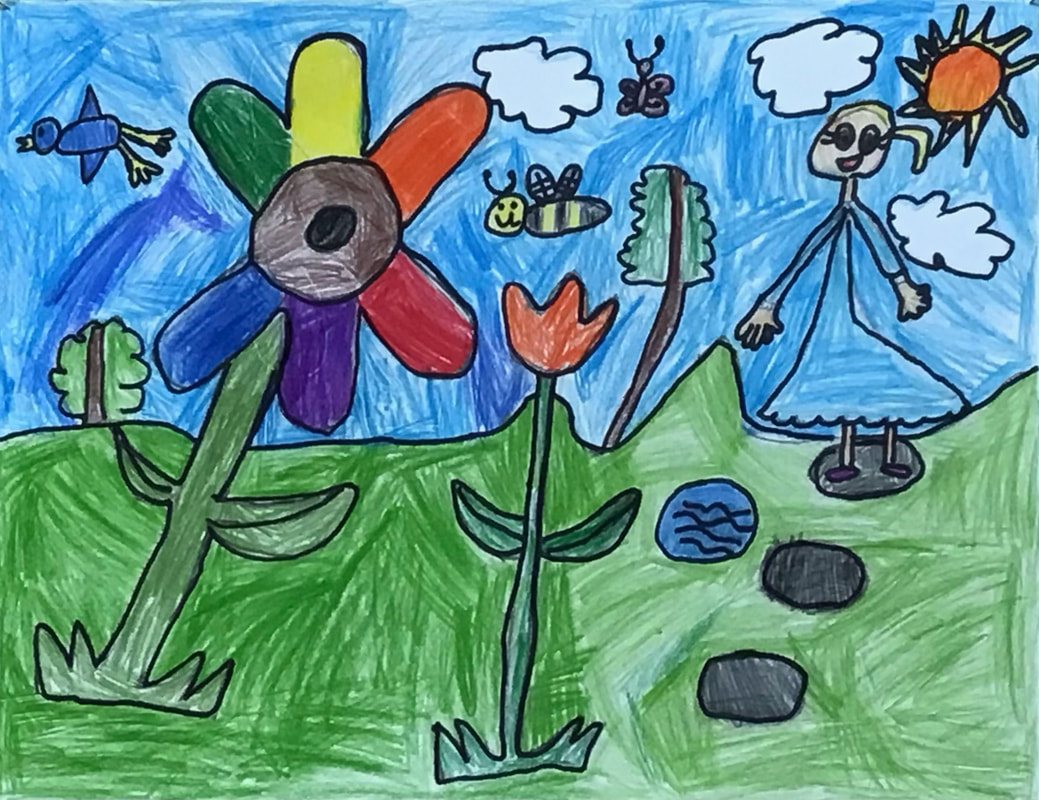
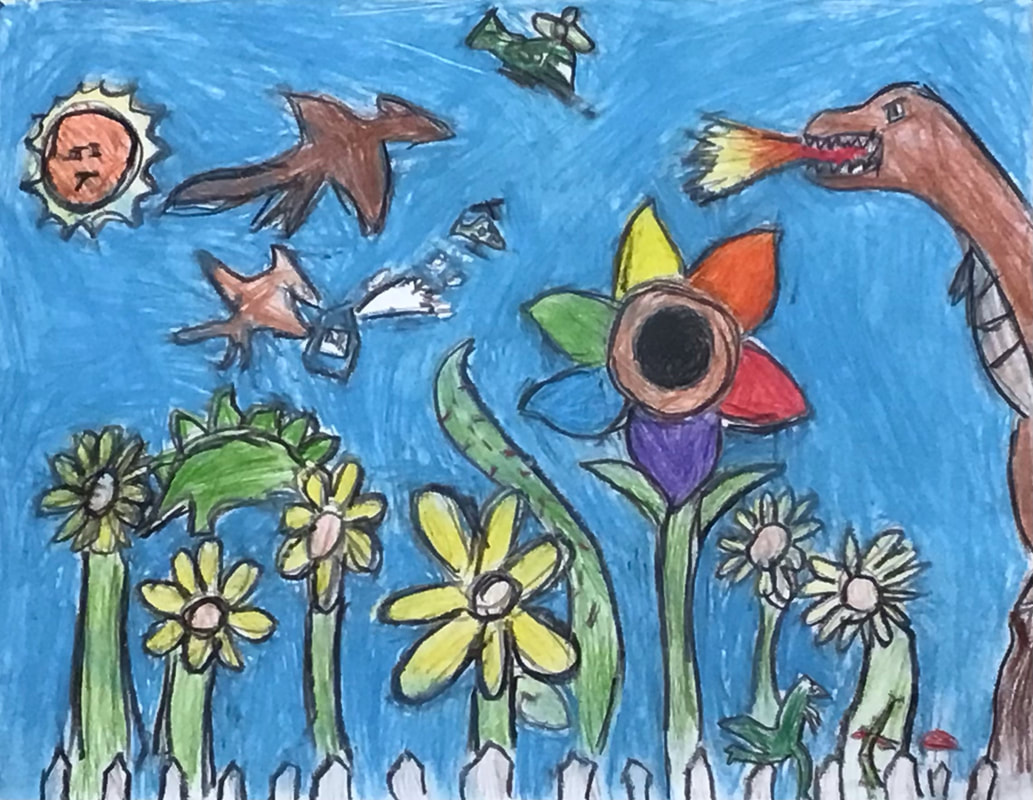
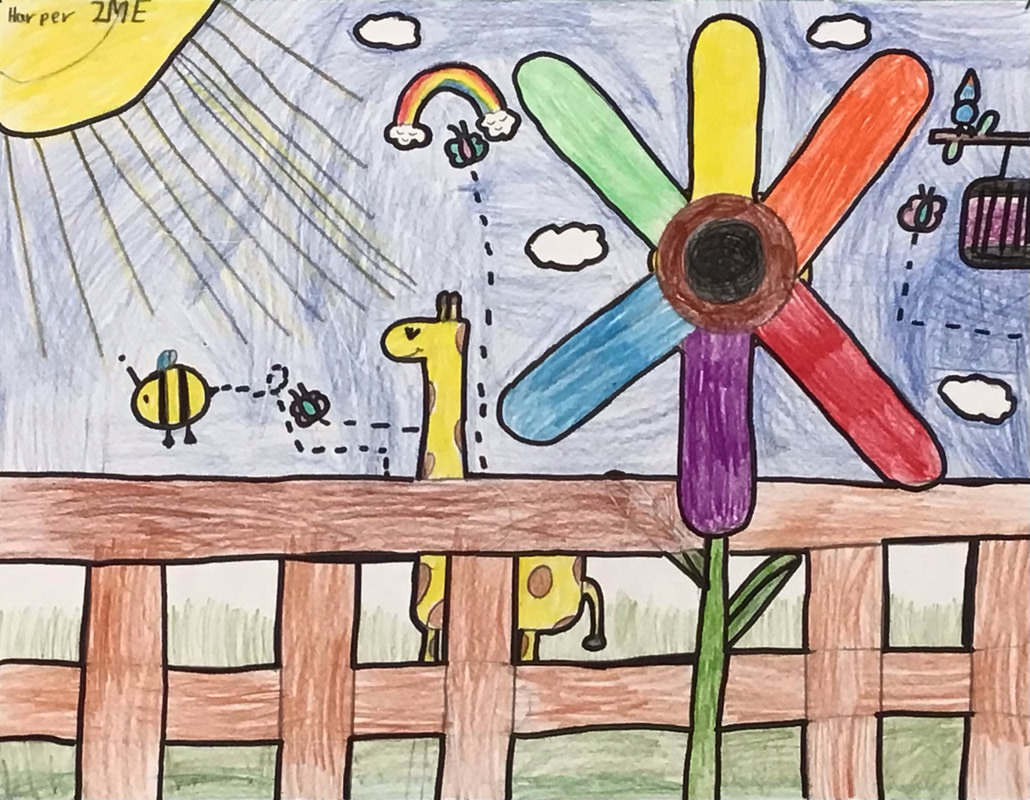
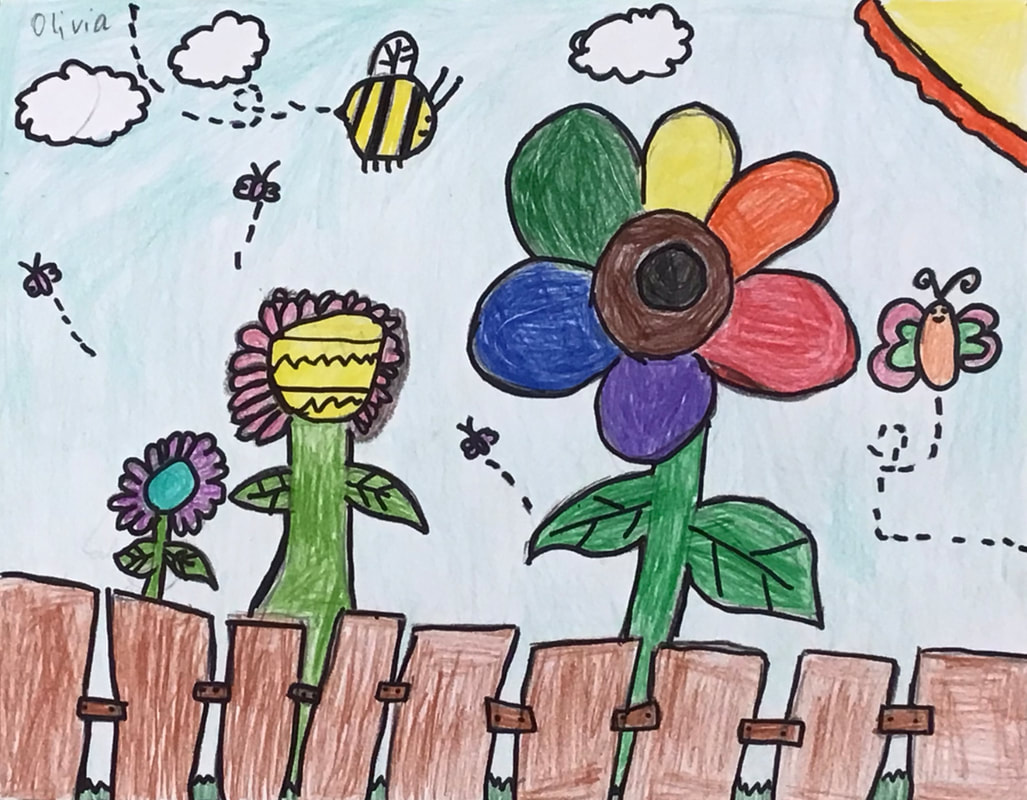
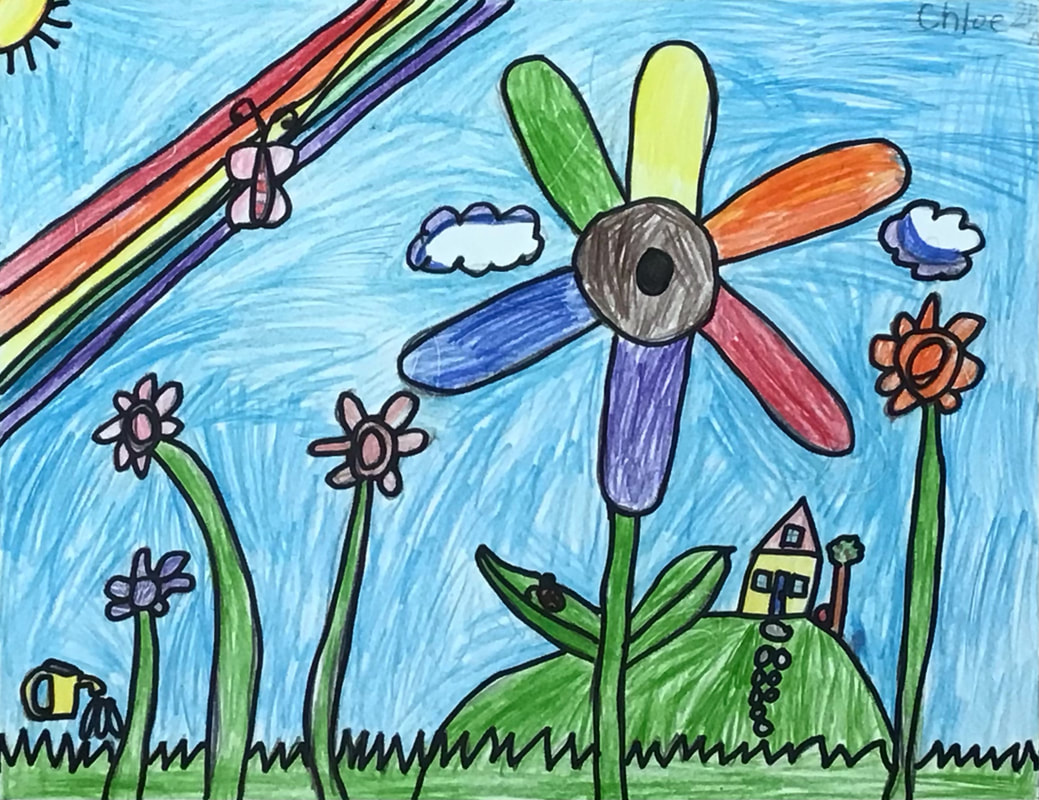
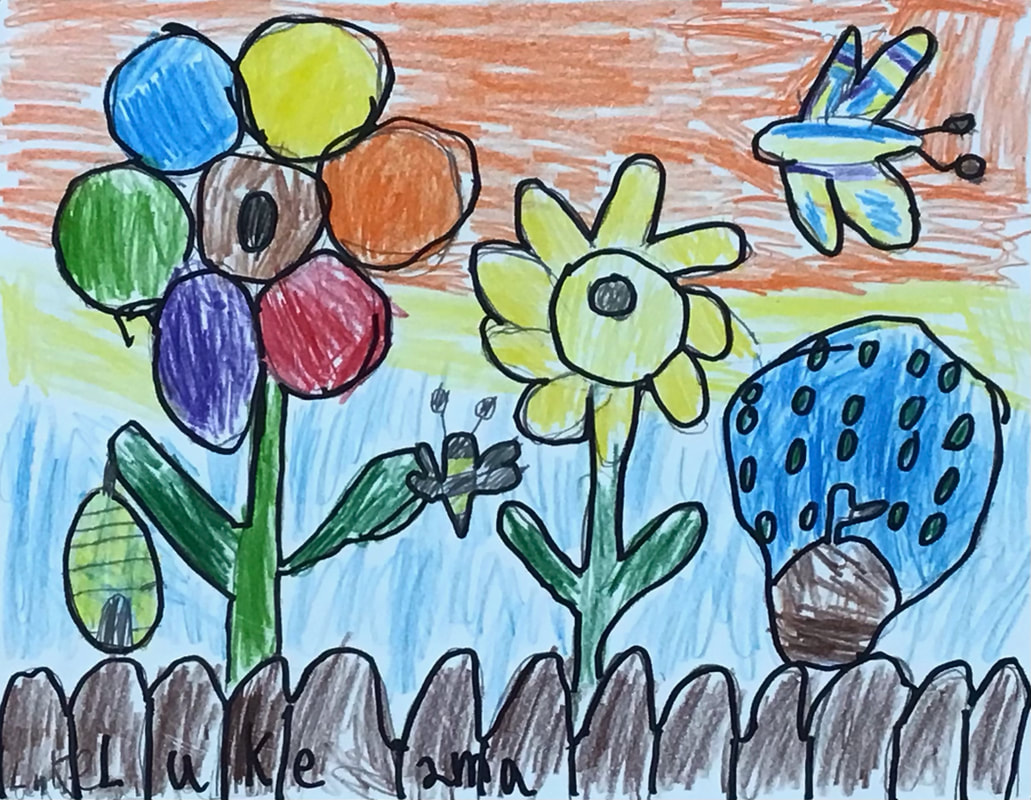
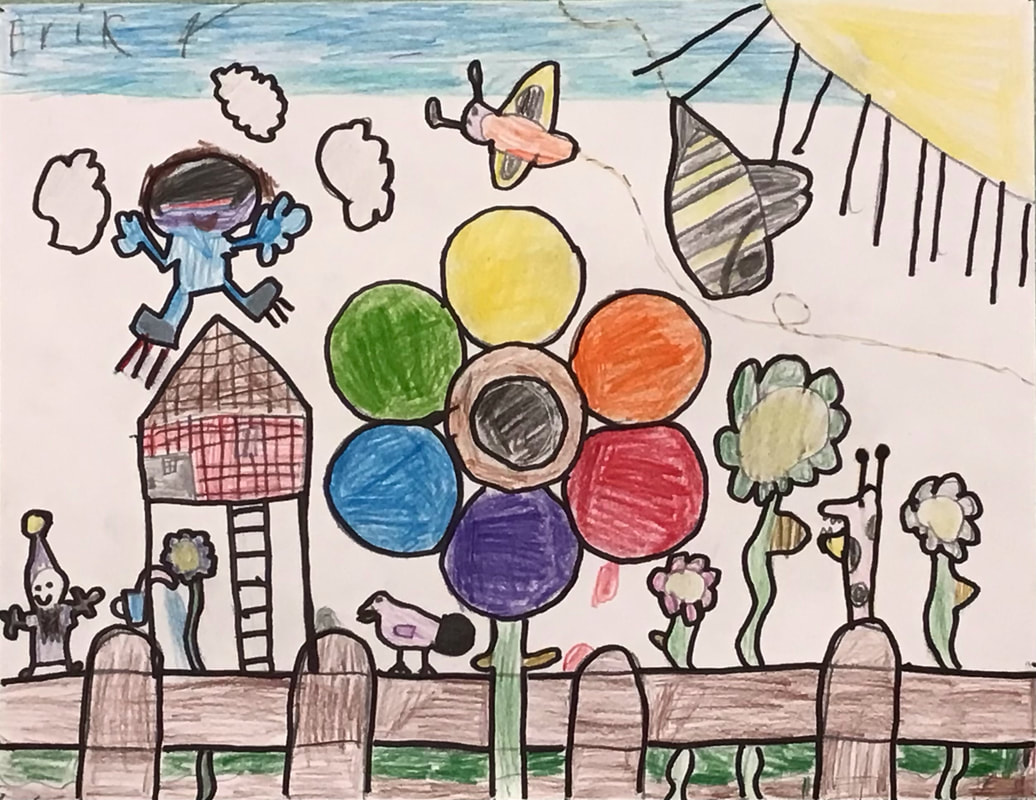
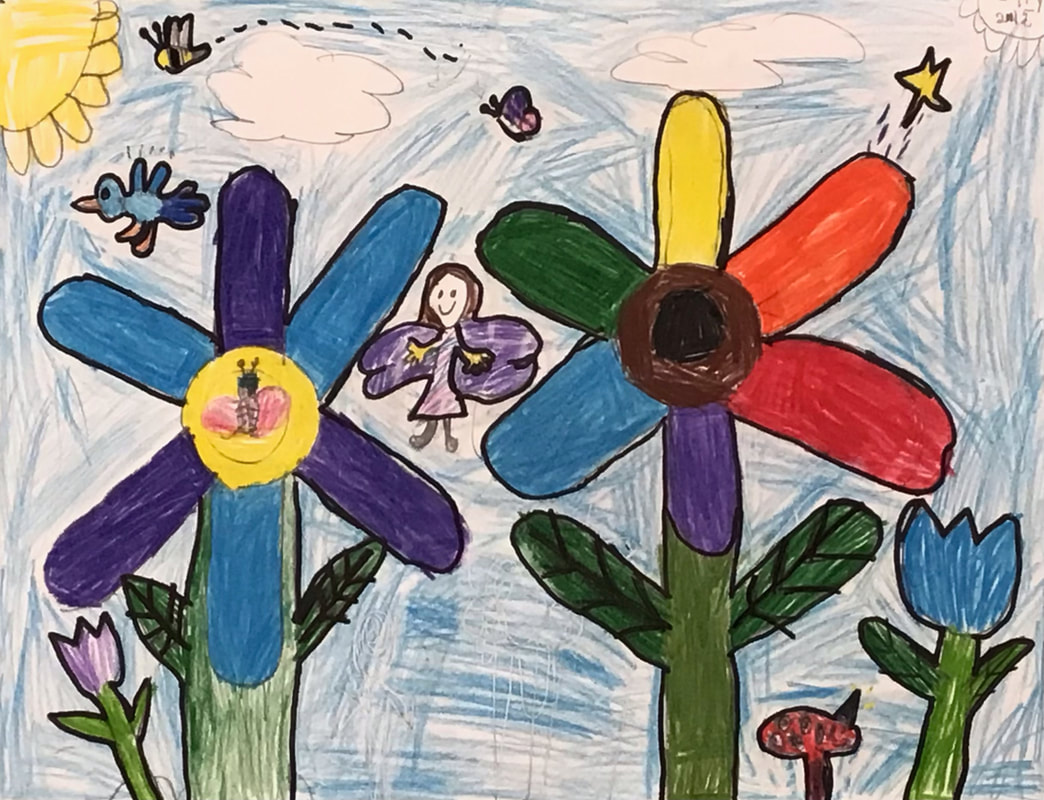
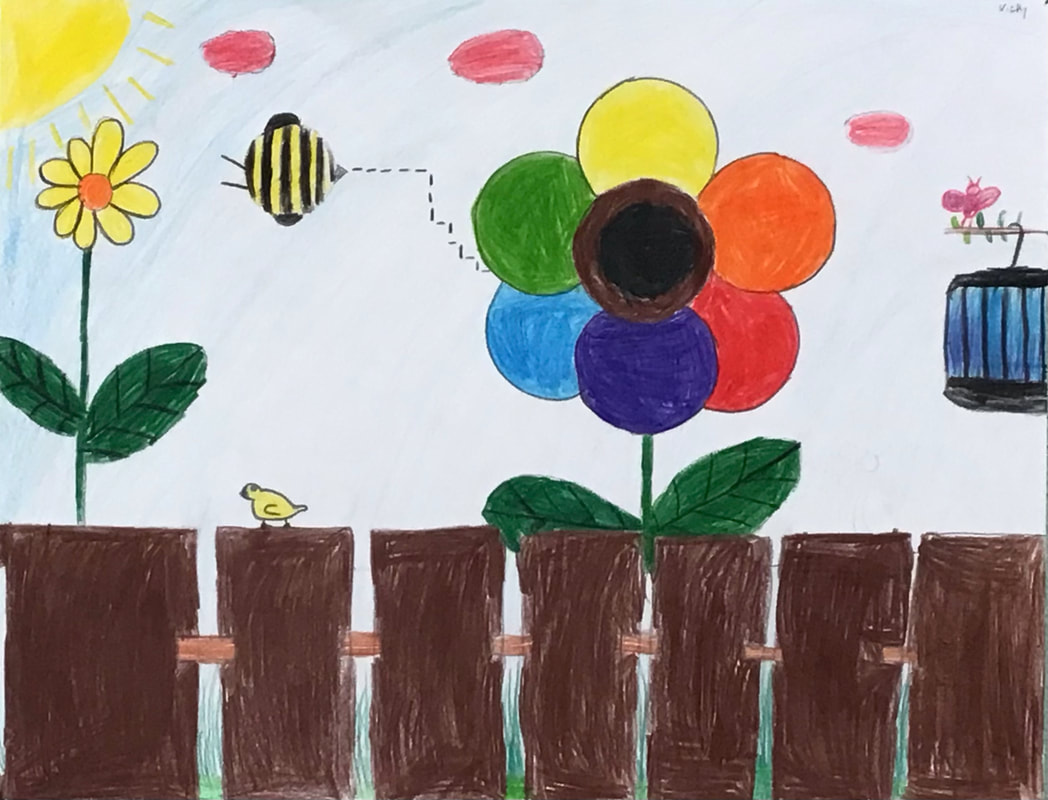
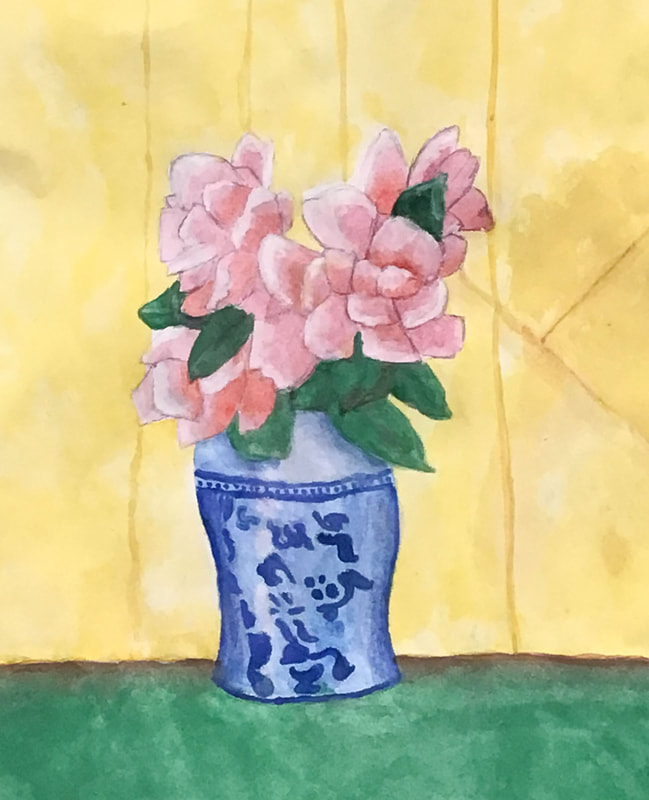
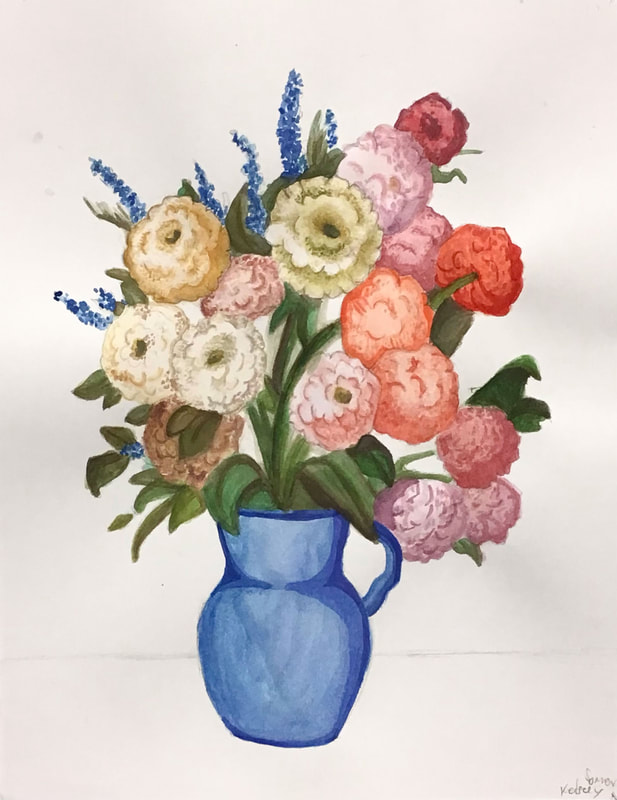
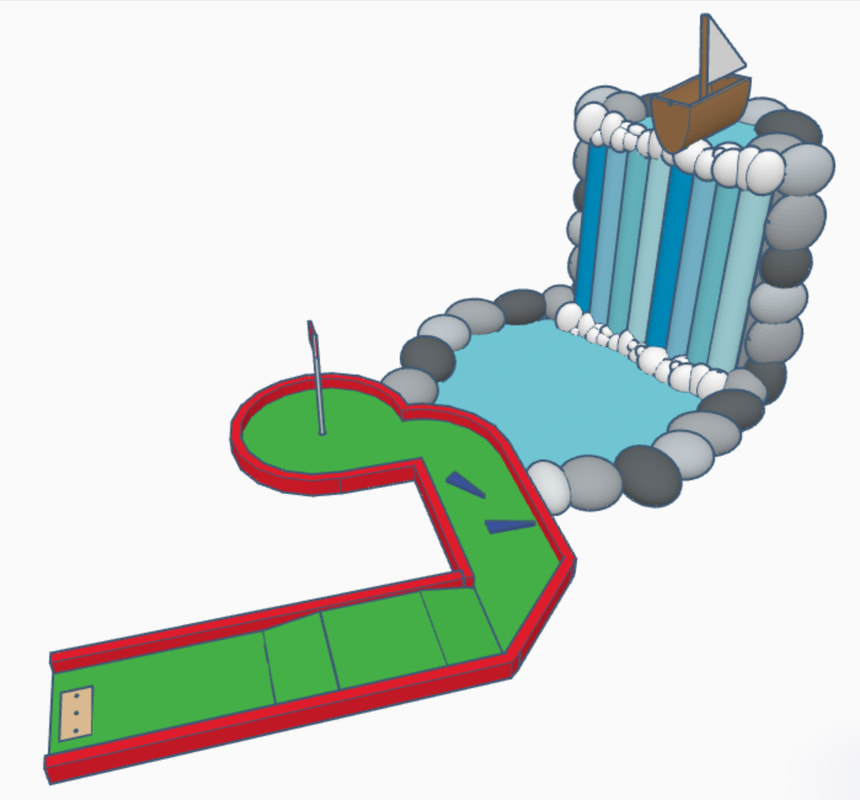
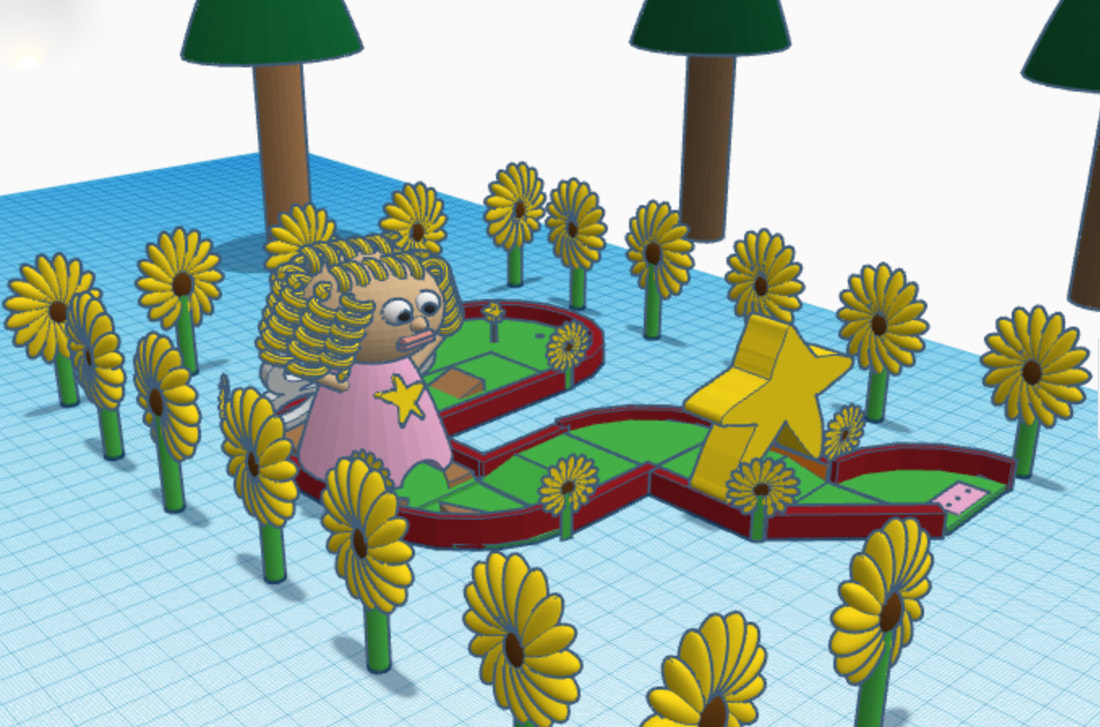
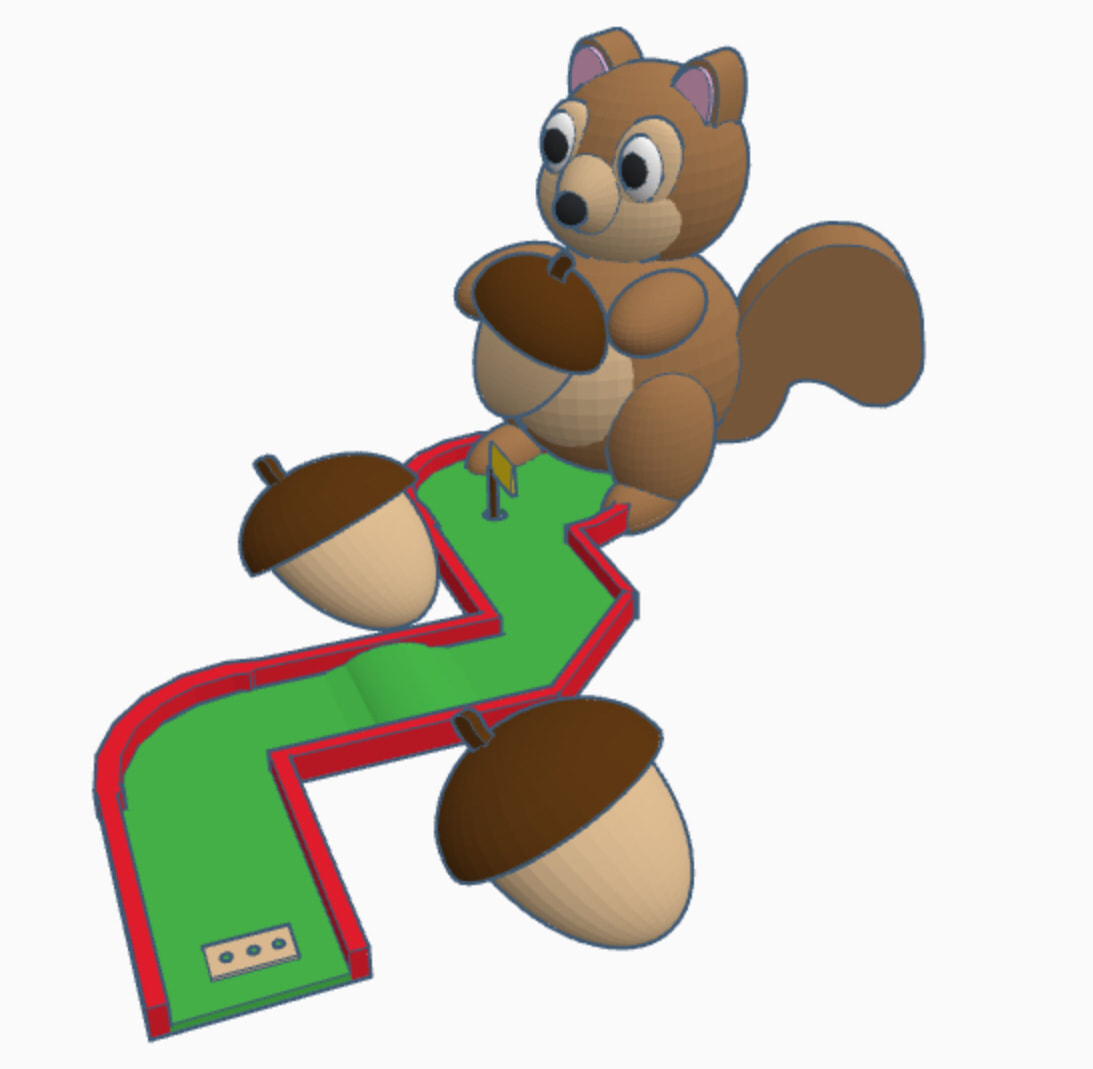
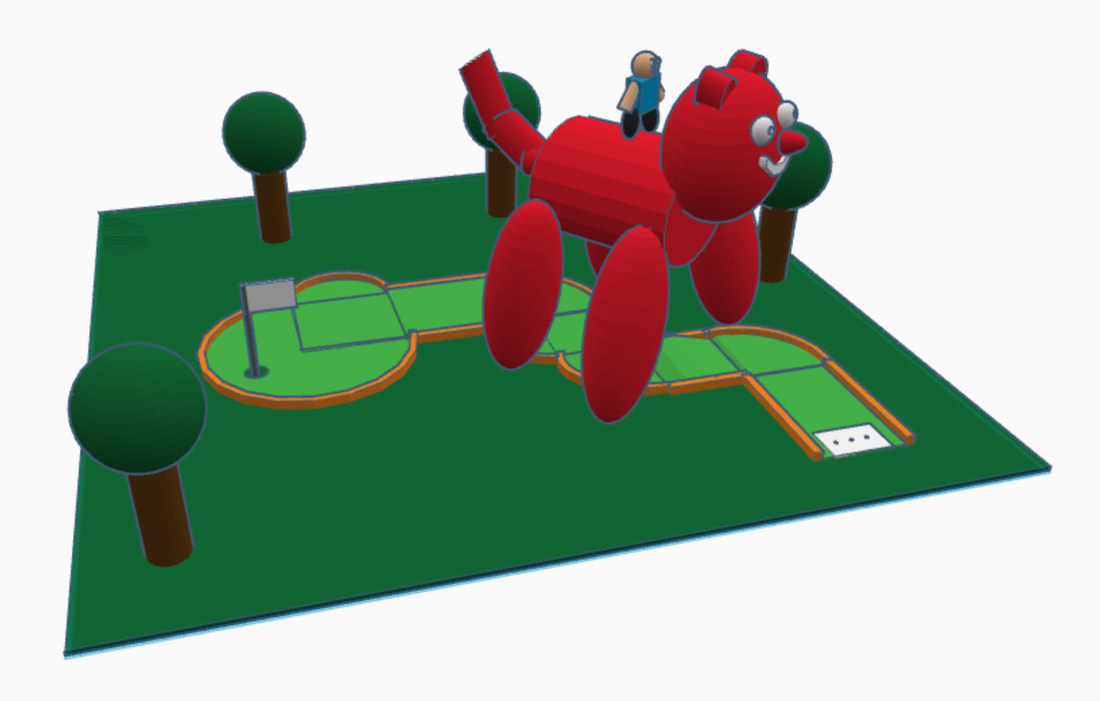
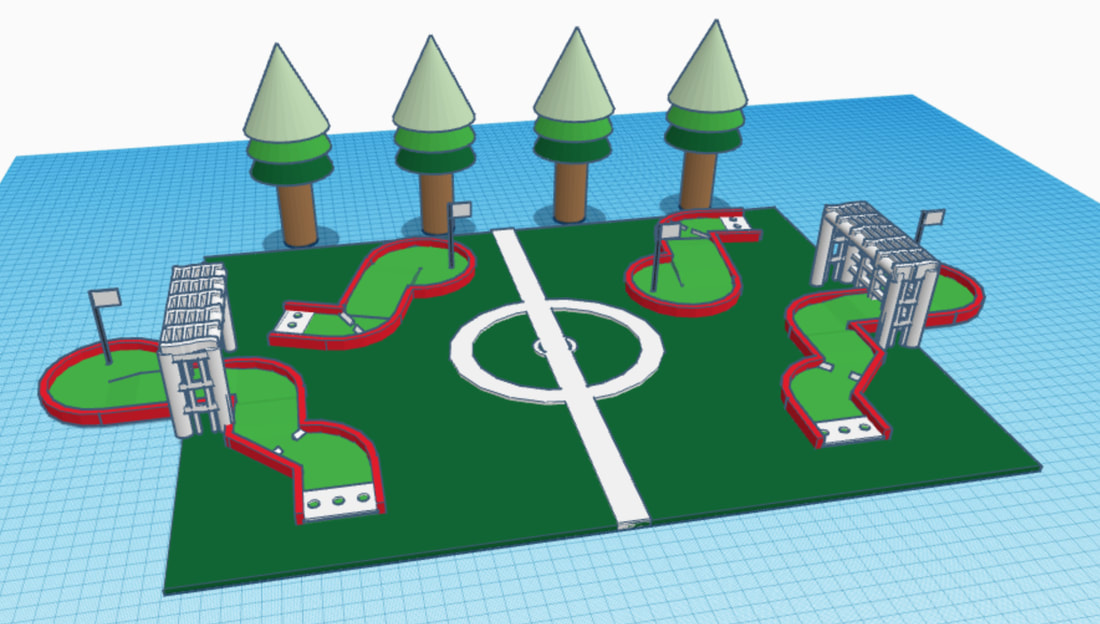
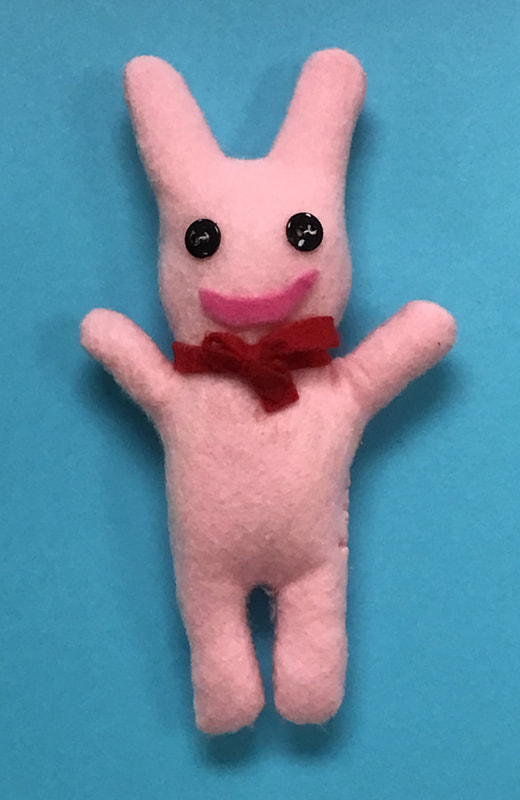
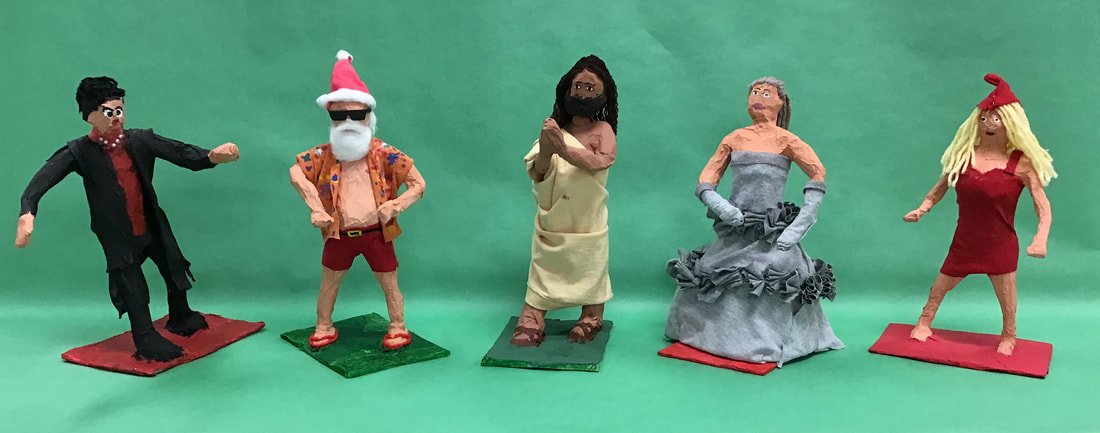
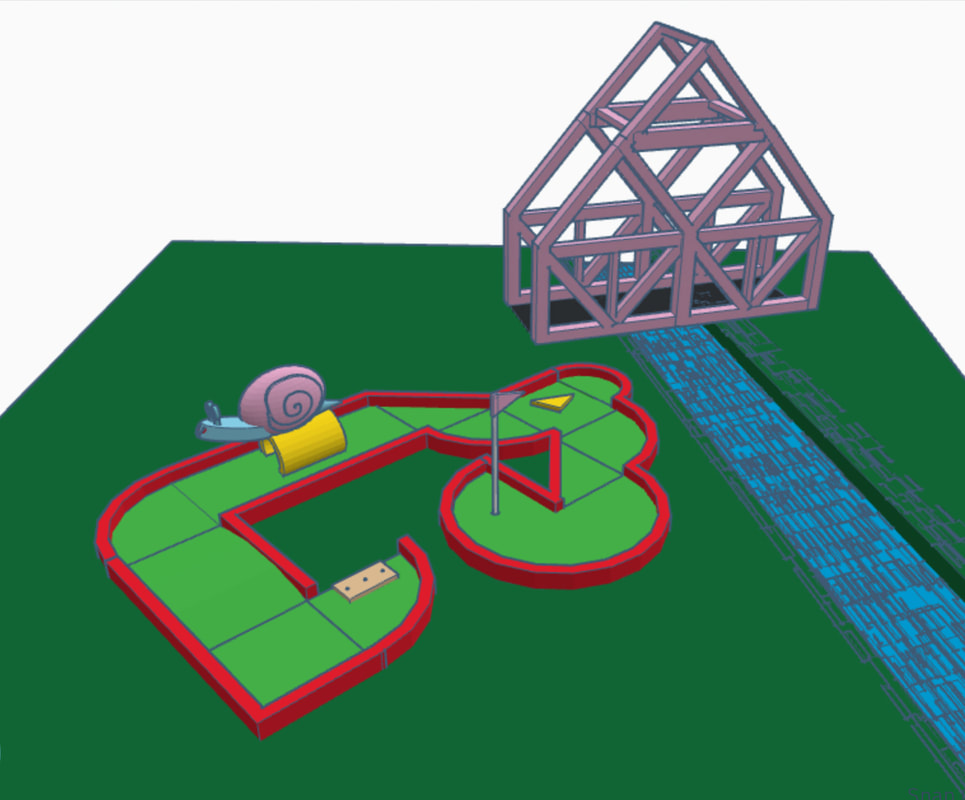
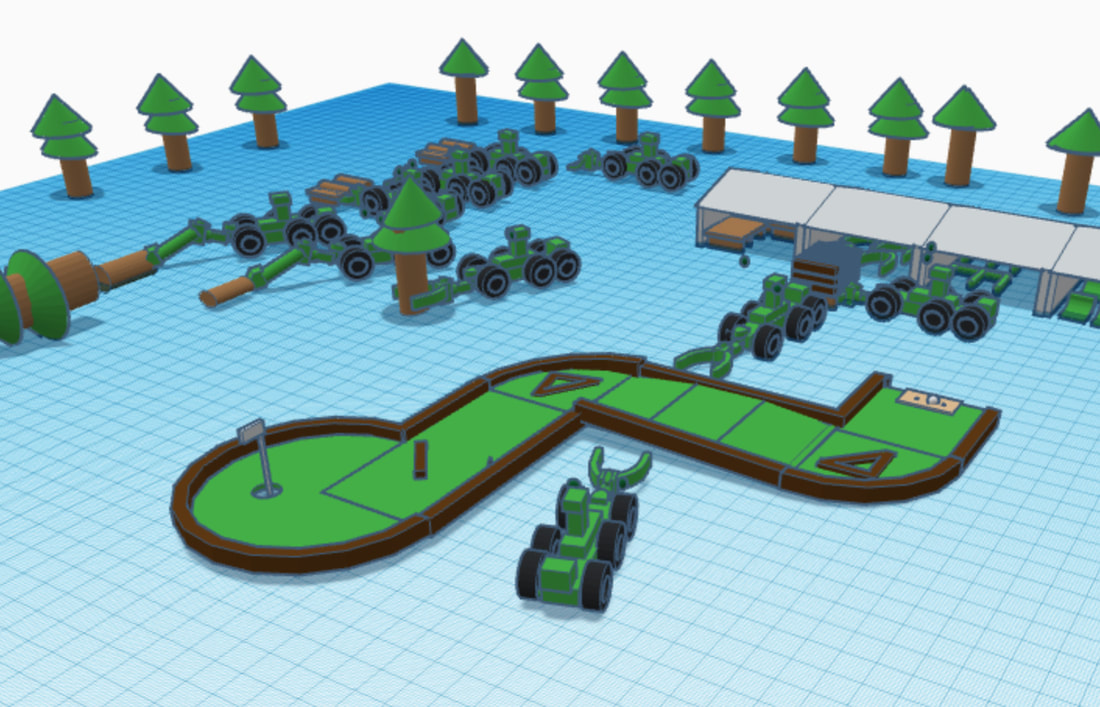
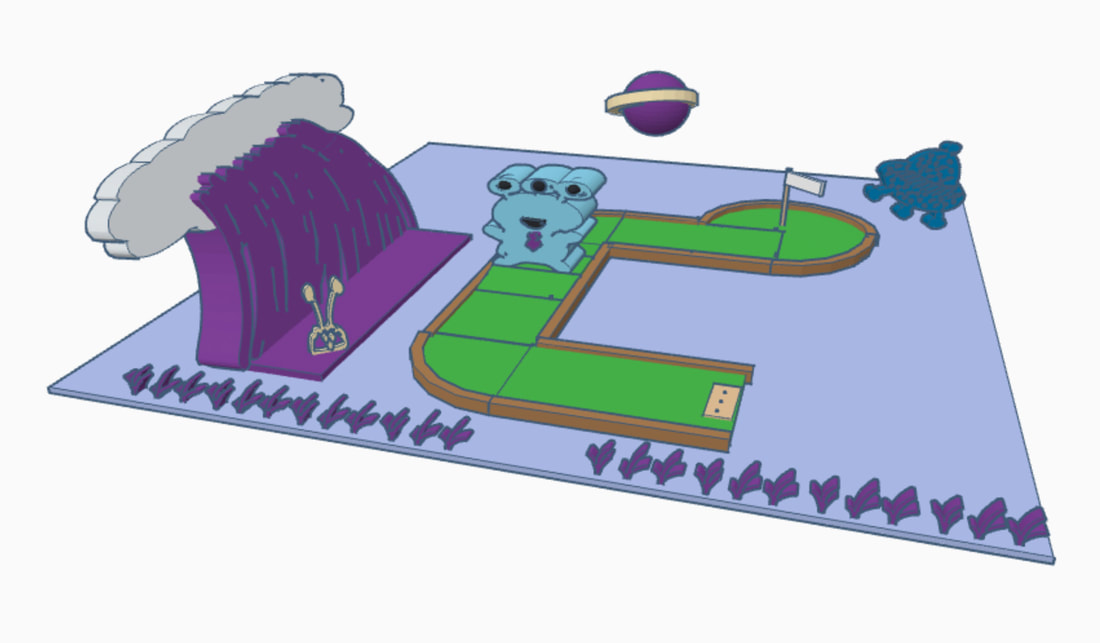
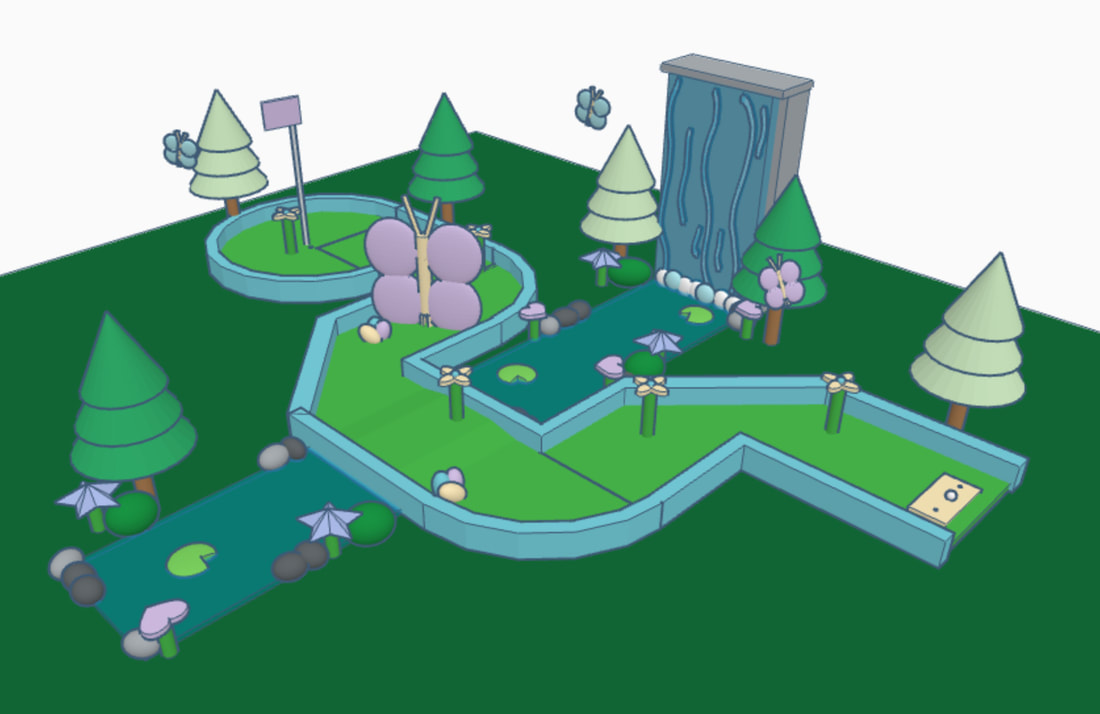
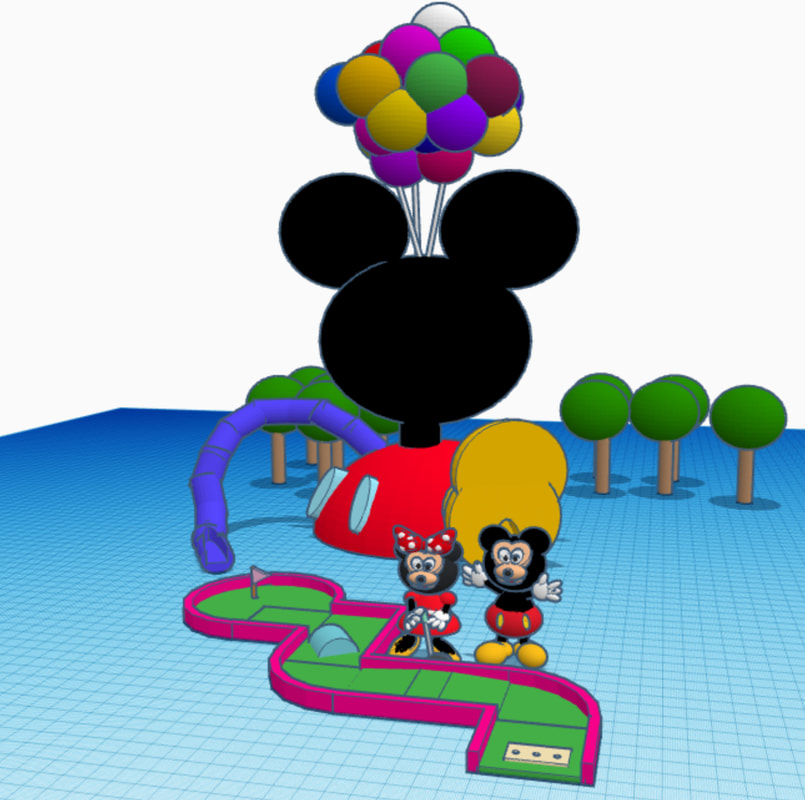
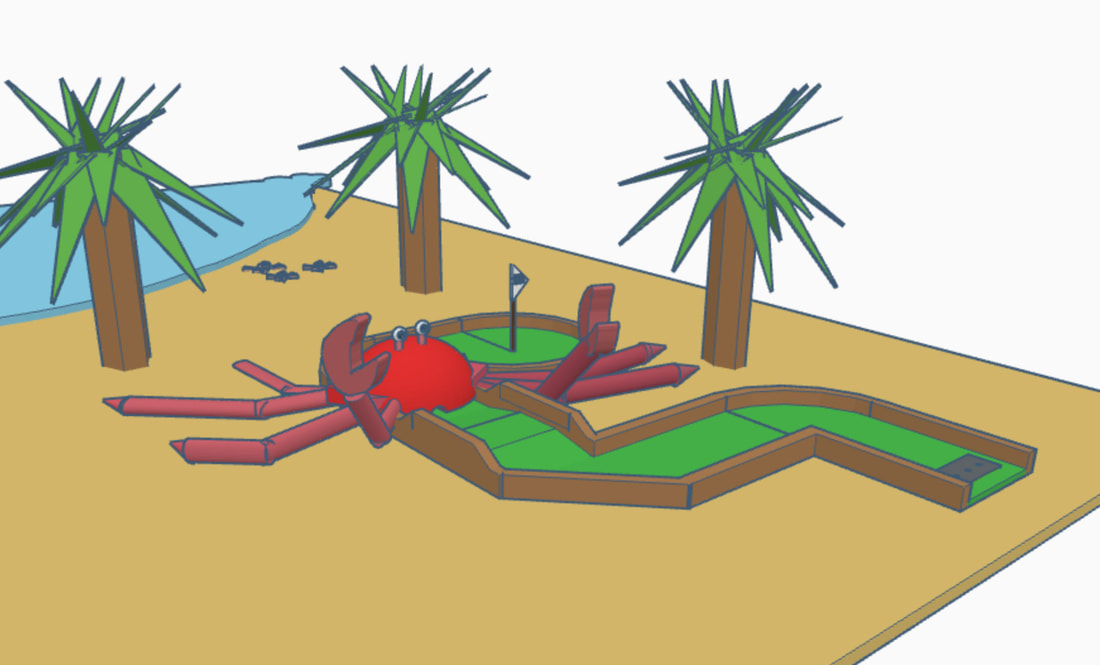
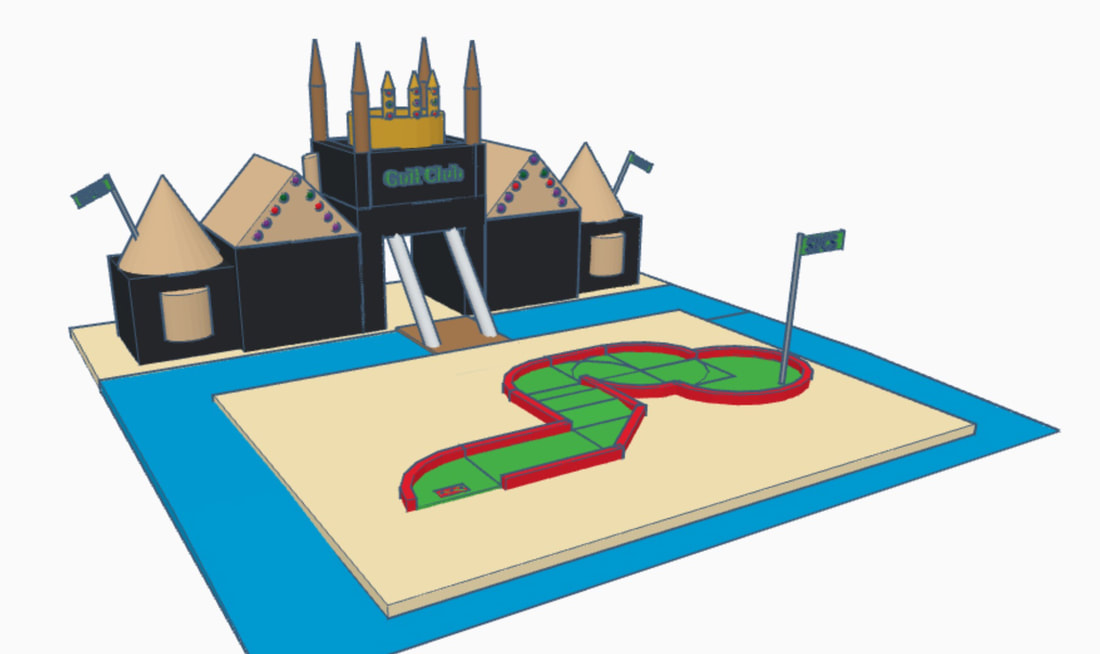
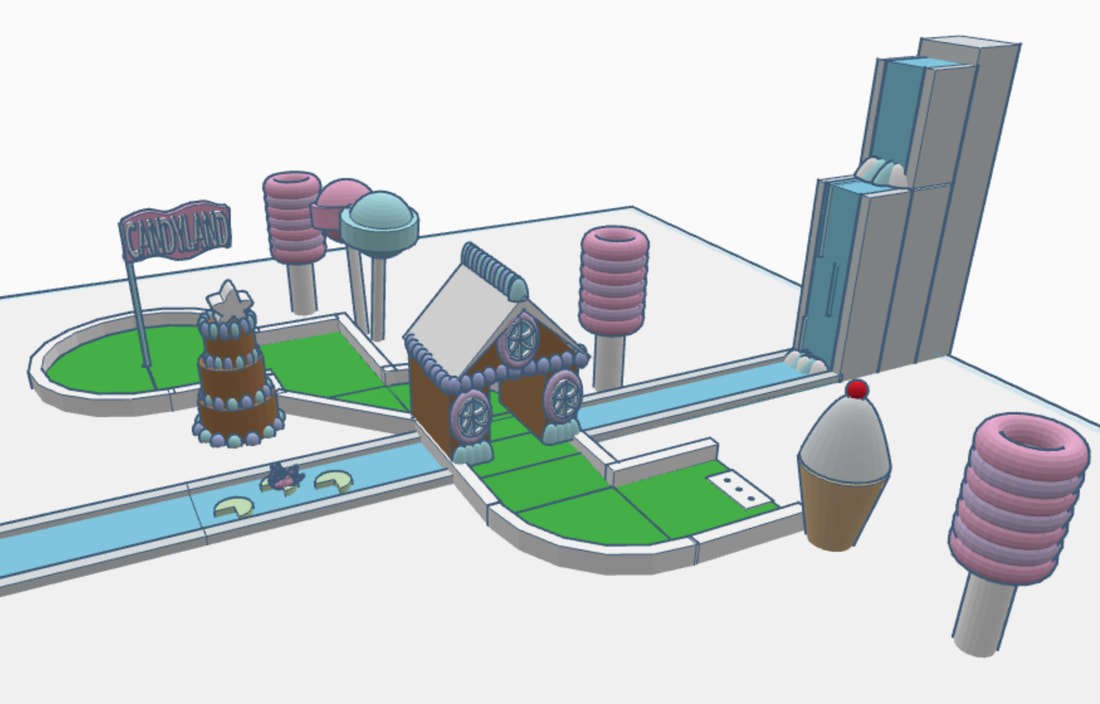
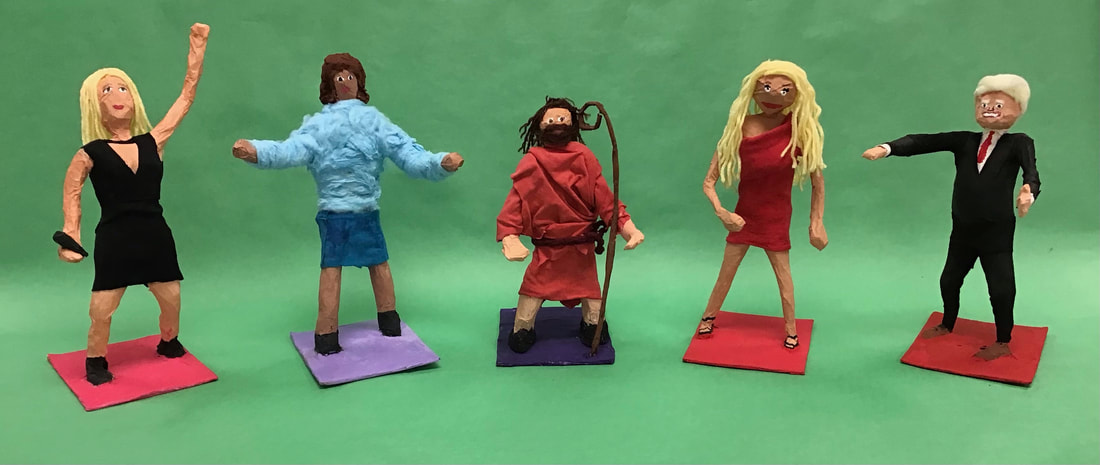
 RSS Feed
RSS Feed

